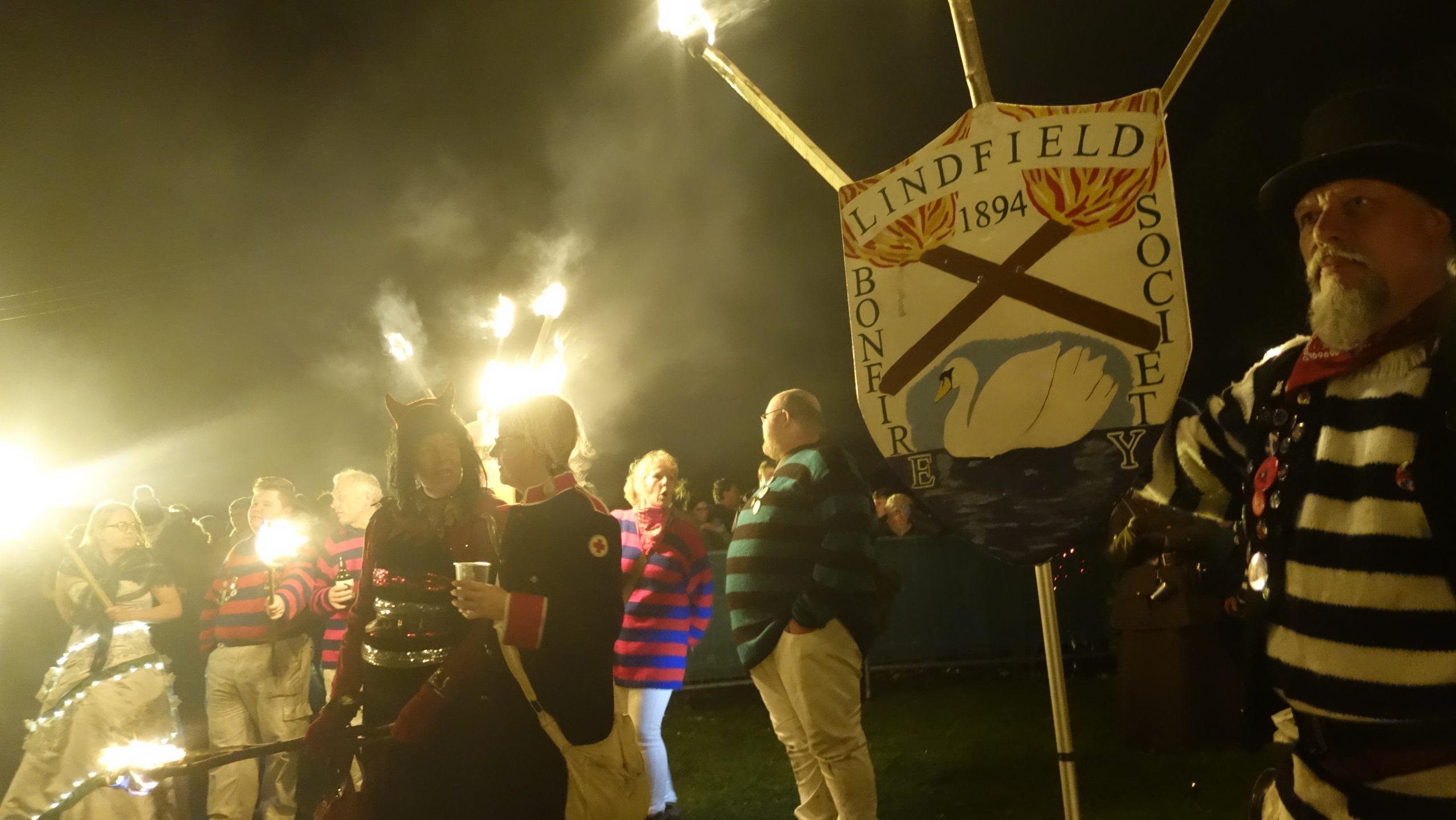
The celebration of Bonfire Night through organised processions, bonfires and fireworks is unique to Sussex and parts of Kent. But why is Bonfire Night such a big deal to Sussex?
After the failure of the Gunpowder Plot, the passing of the Observance of 5th November Act in 1606 formerly noted and encouraged the commemoration of the failure of the plot.
In Sussex, the failure of this plot to bring about regime change was felt closely. People remembered the Lewes Martyrs, burned at the stake during the reign of Mary I for refusing to accept Catholicism.
As time passed, 5 November was a famous day in Britain’s history for another reason. In 1688 (just 83 years after the Gunpowder Plot) it was the day that William of Orange landed at Torbay and started what we now know as the Glorious Revolution when he was invited to invade England, to accept the vacated crown jointly with his wife Mary by James II (Catholic and the father of Mary) and became the ultimate guarantor of retaining Protestantism of the state religion.
The 1689 Bill of Rights, which codified the established rights and liberties of subjects, the supremacy of parliament and established the succession to the Crown was passed by parliament. A era underpinned by a contract between Monarch, Parliament and the people was underway.
Bonfire Night celebrations became an increasing act of mayhem, in Regency Brighton, the Riot Act had to be read on one occasion and this behaviour seems to tie in with the independent streak of not being told what to do (the motto of Sussex – we wunt be druv – is a classic example).
In Lewes in the 1850s, societies began to parade dressed as seamen – white trousers with a striped (Guernsey-style) jumper. This also facilitated the mayhem. It was far harder to identify perpetrators if a group was all wearing the same clothing.
Modern-day Bonfire in Sussex
Modern celebrations in Sussex therefore commemorate:
- The Marian persecutions when people died for their beliefs
- The failure of a plot in 1605 whose success would arguably have caused the greatest level of regime change in England since the Norman Conquest
And indirectly:
- The Glorious Revolution in 1688 which ultimately settled the religious insecurities experienced since the 1530s, and codified our rights and liberties and the supremacy of parliament.
- The end of tyranny under absolute monarchs.
Bonfires have for many years been used as a means of celebration. On 5 November 1605, bonfires were lit in London for the first time to celebrate the failure of the plot.
The procession of bonfire society members with torches pulling the Guy through the streets commemorates the condemned plotters being dragged through the streets to their execution.
Some societies also use their celebrations to remember the fallen in two World Wars and other conflicts – again to preserve our hard-fought freedoms and liberties given that Bonfire Night is so close to Armistice Day.
Societies still wear the traditional smugglers costume of the striped Guernsey jumper (different colour schemes for different societies of course) and white trousers to reflect the support and loyalty to our own societies. The smugglers costumes are also supplemented by other costumes specific to a Scociety. Ours is Costume from the First World War era.
As well as commemoration, Societies are also involved with their communities. All raise money for its chosen charities. During the 2019 season, the Bonfire Societies of Sussex raised almost £70,000 good causes in total.
